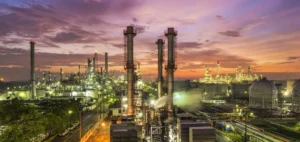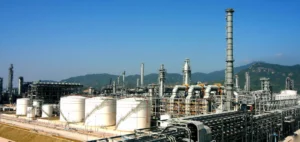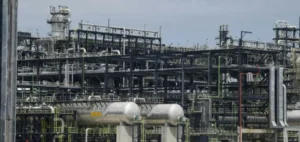Exxon sees its shares set at their highest level on Friday as oil prices resume their ascent. Thus, analysts are raising their long-term outlook on the company’s cash flow and earnings prospects.
New record
Exxon leads the way in record profits for the oil majors this year. The stock reached $106.40 on Friday before closing at $105.86. This figure beats the previous record of $104.59, set on June 8.
Exxon’s shares are up more than 70% since the beginning of the year. As a result, they are outpacing the market gains of competitors like Shell or BP. In addition, the company also beats the American oil company Chevron Corp.
The rise in the share price gives the company a market value of $438 billion. Exxon is the 10th most valuable public company in the world. In comparison, the company’s market capitalization peaked at over $500 billion in 2007.
Exxon could post another strong quarter thanks to high natural gas prices. Indeed, the company could post a record annual profit this year of $54.80 billion according to IBES Refinitiv. In addition, this figure represents more than the cumulative profits since 2018.
Important benefits
The year’s profits were largely driven by high energy prices. World oil reached a 14-year high in March at $139 per barrel. In addition, the price of oil remains close to $100 per barrel for most of the year.
The oil profits will allow the company to write off the $21 billion in loans taken out in 2020. The loan was used to pay its bills and keep its dividend payments intact. In addition, according to Wall Street, Exxon would add $26 billion in cash this year.
However, the company’s production is not as robust as its profits. Exxon’s mid-year production was 3.7 million barrels of oil and gas per day. This number remains in line with last year’s but down 9% from 2016.
However, these rising profits are a sore point for US President Joe Biden. He accuses, the American company, as well as other oil companies, of using “the windfall profits to buy back their own shares.” He says that more investment in new production, which would benefit consumers, would be better.





















